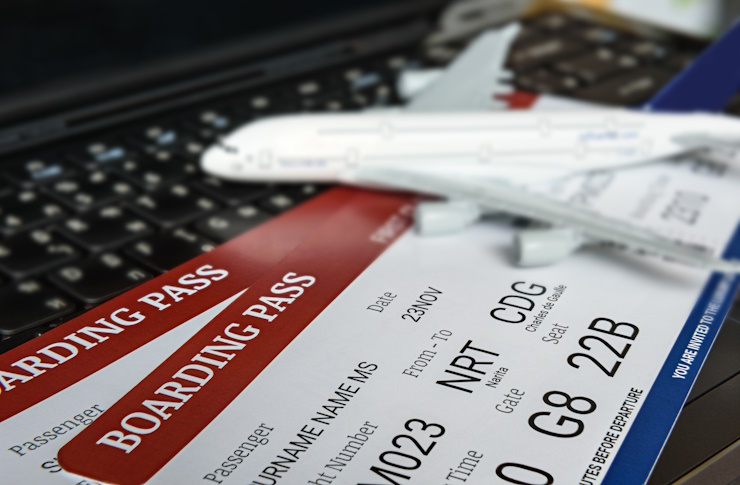Traveling with Portable Oxygen: A Comprehensive Guide to Oxygen Concentrators
Portable oxygen machines, also known as oxygen concentrators, have revolutionized the lives of individuals requiring supplemental oxygen. These compact devices offer freedom and mobility to those with respiratory conditions, allowing them to travel and maintain an active lifestyle. This article explores the world of portable oxygen machines, their benefits, and essential considerations for travelers.

How do portable oxygen concentrators work during air travel?
Traveling by air with a portable oxygen concentrator has become much more accessible in recent years. Most major airlines allow passengers to use approved portable oxygen concentrators during flights, including takeoff and landing. When planning a trip, it’s essential to notify the airline in advance and provide documentation from your healthcare provider. Airlines typically require passengers to carry enough batteries to power the device for 150% of the expected travel time, ensuring uninterrupted oxygen supply throughout the journey.
What are the benefits of using a portable oxygen machine for travel?
Portable oxygen concentrators offer numerous advantages for travelers with respiratory conditions:
-
Independence: Users can move freely without being tethered to bulky oxygen tanks.
-
Extended travel time: With rechargeable batteries and AC/DC power options, these devices allow for longer trips.
-
Compliance with air travel regulations: FAA-approved models can be used on flights, opening up travel opportunities.
-
Improved quality of life: Travelers can maintain their oxygen therapy while exploring new destinations, participating in activities, and visiting friends and family.
-
Compact design: Most portable concentrators are small enough to fit in a carry-on bag or backpack, making transportation easy.
Which features should you consider when choosing a portable oxygen concentrator?
When selecting a portable oxygen concentrator for travel, consider the following factors:
-
FAA approval: Ensure the model is approved for use on airplanes if you plan to fly.
-
Battery life: Look for devices with long-lasting batteries or the option to use replaceable batteries for extended trips.
-
Oxygen output: Choose a concentrator that can deliver the prescribed oxygen flow rate your doctor recommends.
-
Weight and size: Opt for a lightweight and compact model for easy transportation.
-
Noise level: Consider the device’s operational noise, especially for use in quiet environments or during sleep.
-
Durability: Select a model with a sturdy construction to withstand the rigors of travel.
-
Altitude performance: If you plan to visit high-altitude locations, ensure the device can function effectively at various elevations.
What are some popular portable oxygen concentrator models for travelers?
Several reputable manufacturers offer portable oxygen concentrators suitable for travel. Here’s a comparison of some popular models:
| Model | Weight | Battery Life | Max. Flow Rate | Key Features |
|---|---|---|---|---|
| Inogen One G5 | 4.7 lbs | Up to 13 hours | 6 settings | Bluetooth connectivity, quiet operation |
| Philips SimplyGo Mini | 5 lbs | Up to 9 hours | 5 settings | Touch screen display, sleep mode |
| ResMed Mobi | 5.5 lbs | Up to 13 hours | 4 settings | Automatic altitude adjustment, compact design |
| CAIRE FreeStyle Comfort | 5 lbs | Up to 16 hours | 5 settings | UltraSense technology, ergonomic shape |
| Invacare Platinum Mobile | 4.98 lbs | Up to 5 hours | 4 settings | Integrated battery, low maintenance |
Prices, rates, or cost estimates mentioned in this article are based on the latest available information but may change over time. Independent research is advised before making financial decisions.
When traveling with a portable oxygen concentrator, it’s crucial to familiarize yourself with the device’s operation, maintenance requirements, and any necessary accessories. Always carry your prescription and a letter from your healthcare provider detailing your oxygen needs. Additionally, research the regulations of your destination country regarding medical devices and oxygen use, as requirements may vary internationally.
In conclusion, portable oxygen machines have opened up a world of possibilities for individuals requiring supplemental oxygen. With careful planning and the right device, travelers can confidently explore new destinations while maintaining their respiratory health. As technology continues to advance, we can expect even more innovative and user-friendly portable oxygen solutions in the future, further enhancing the travel experience for those with respiratory needs.






